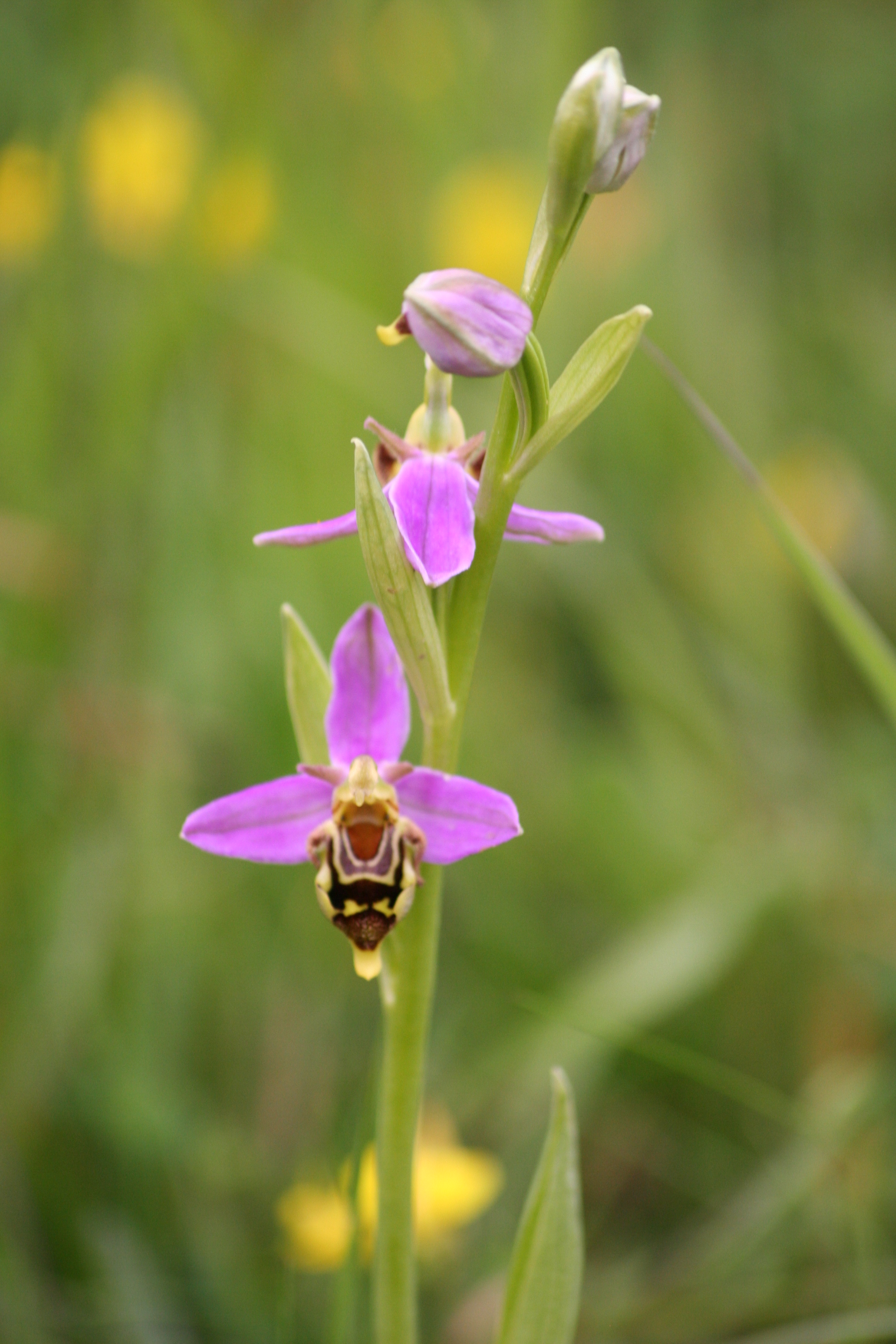

Background
Biodiversity Gain will become mandatory in Autumn 2023 following the end of a two year transition period. This means that developments will be required to show a measurable, positive effect on biodiversity, specifically habitats.
The key goals of the approach suggested by the UK government are:
- To ensure that the gains and losses are measurable
- To ensure that the approach is consistent across the country
- To provide an incentive to adopt net gain across the industry
- To provide real habitat gains as a result of the scheme, either through extent or quality
What is Biodiversity Net Gain?
The biodiversity value of a site prior to development is calculated using a range of metrics for each habitat type, including the distinctiveness, condition, strategic significance and connectivity of the habitat which are input into a calculation with the area of the habitat to produce a numerical value, known as the biodiversity units. The biodiversity units provide a numerical indication of the value of the biodiversity site.
A similar process is undertaken for the site post-development, based on the design of the scheme. This includes additional metrics to account for the risks associated with habitat creation, which include spatial (distance of the compensation habitat from the site), temporal (time take for the habitats to reach target condition) and delivery (the difficulty of creating the habitat) risks.
These two figures can then be used to calculate the change in the biodiversity units resulting from the development and determine whether a net gain has been achieved.
Where biodiversity net gain cannot be achieved on site, then off site compensation may be required.
Why do I need to consider Biodiversity Net Gain?
The UK Government has announced that a 10% increase in biodiversity will become mandatory for all developments within England (with a small number of exemptions) over the next few years and it is becoming increasingly required by local planning authorities in anticipation of this.
What can OS Ecology provide?
OS Ecology Ltd. can undertake site assessments to collect the information required for the net gain calculations and complete the Biodiversity Metric Calculator to provide a baseline biodiversity value for the site. We can then advise on potential, cost-effective options for achieving the required biodiversity net gain on site and work with the design team to achieve this. This could be through retaining higher value ecological features thereby minimising the initial loss, enhancing existing habitats and/or creating new ecologically valuable habitats on site. Where on site compensation is not feasible, we are able to advise on the likely requirements and costs involved in providing offsite compensation.
OS Ecology Ltd. are also able to produce management plans to advise on appropriate management measures to allow the habitats on site to reach their target habitat condition in order to achieve the required number of biodiversity units.
What experience does OS Ecology Ltd have?
OS Ecology have worked for a range of clients on Biodiversity Gains, providing advice on how to create and manage habitats within the development area to maximise ecological benefits.
OS Ecology have worked with local authorities in order to assess and advise on offsite habitat creation areas where appropriate, in order to facilitate development where onsite habitat creation has been limited due to the nature of the scheme.
OS Ecology have provided specialist advice in relation to the creation and/or enhancement of high distinctiveness habitats using our expertise to inform management and maintenance plans for these areas.
